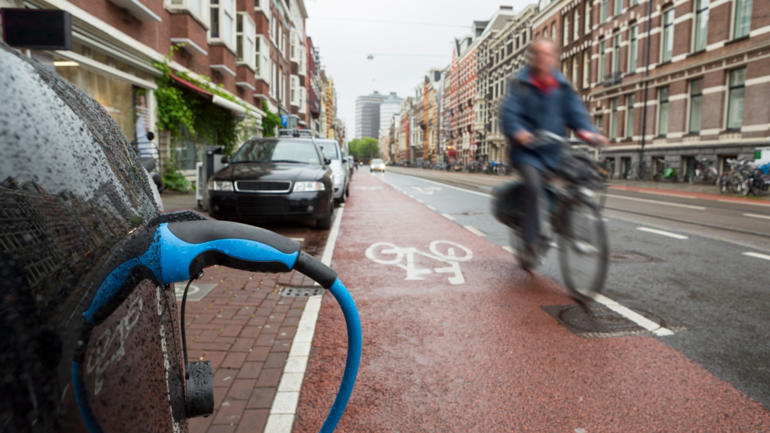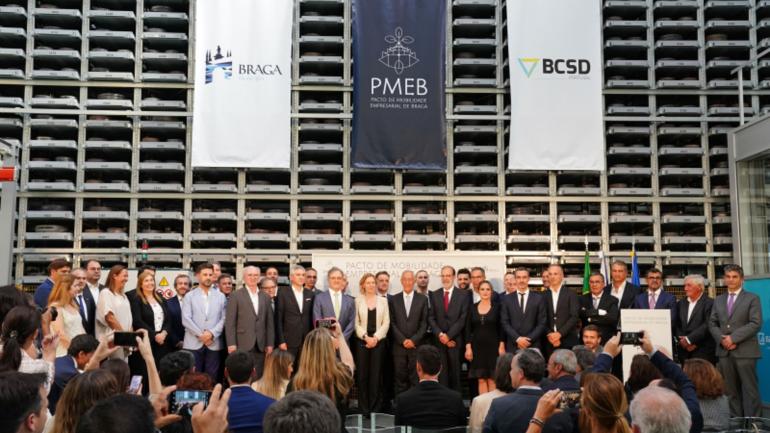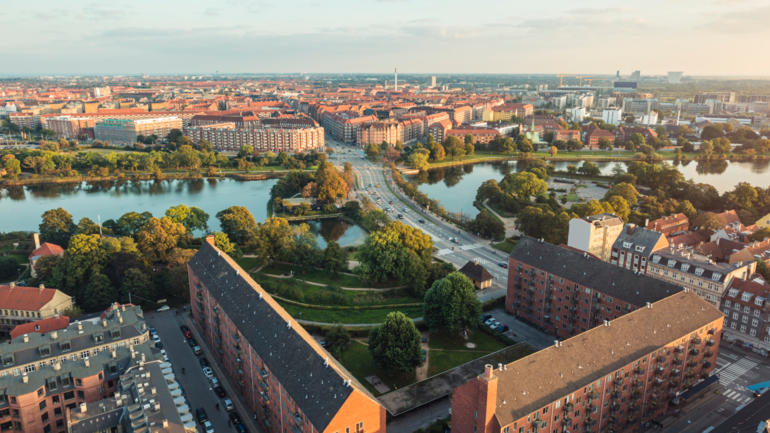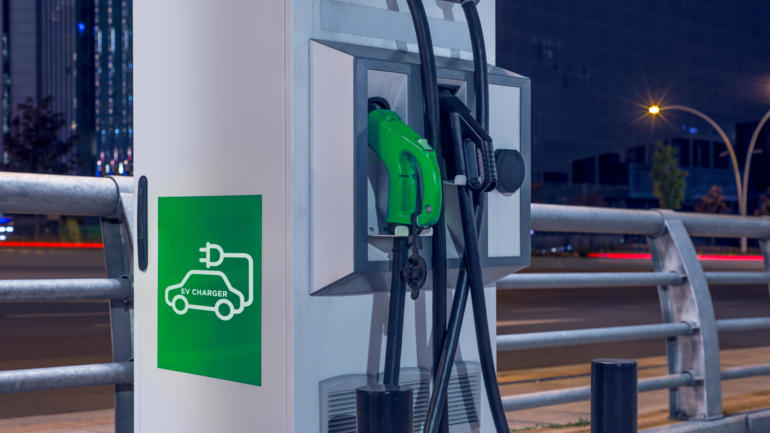Every city in the world is different, yet each and every one of them is facing the same challenge: coping with ever-increasing demands on their transport networks, while trying to maintain a healthy environment for their inhabitants.
According to the World Bank, more than 80% of global GDP is generated in cities, with urban transportation being the lifeblood that makes them function, allowing people and goods to move around in ways that create economic value. But all of this comes at a great cost to our local environments and the planet. The European Commission has calculated that transport networks cause up to 40% of urban emissions, which have a demonstrable negative effect on our health and well-being, while also contributing to climate change. Reducing these emissions through newly designed, integrated mobility systems will not only improve the quality of life of citizens, it will support the Paris Agreement to reduce global warming.
Preparing for the future of urban mobility
The United Nations estimates that 55% of the world’s population currently live in urban environments, with that figure only set to increase, rising to close to 70% by 2050. This means that we must figure out how our urban mobility networks can serve even more people and businesses, while reducing negative impacts on the environment and people. In other words, we need to make our mobility systems more sustainable. In fact, we need to make sure they are contributing towards the UN’s Sustainable Development Goals.
Thinking about how we can best address this challenge is one of the things I do in my role as the Global Market Sector Lead for Automotive at Arcadis. As a company, we’re committed to helping our clients, our cities and the world become more sustainable, so working to solve our urban mobility challenges is a top priority.
This is no small task, largely because the existing transportation networks are so incredibly complex. Firstly, they exist in both the physical and digital world, so they must be managed from both of those perspectives. Secondly, transportation systems are connected to other systems, for instance the energy network and the built environment. And thirdly, the functioning of mobility systems is the result of activities carried about by a wide array of public and private sector actors, as well as citizens. To make urban mobility more sustainable, we need to take all of this into account.
Sustainable Mobility Management
In order to help tackle this major challenge, Arcadis has joined a group of leading global companies that are part of the World Business Council for Sustainable Development’s (WBCSD) Transforming Urban Mobility project. Transforming Urban Mobility brings business and cities together to steer urban mobility transformation efforts towards a safer, cleaner, more accessible and more efficient future.
Within this project, WBCSD has established an exciting new workstream called Sustainable Mobility Management. Arcadis is one of 20 global companies that will collaborate with public transport operators, city transport leaders, academic mobility specialists and private sector experts to work towards two specific outputs that will help cities:
1. An agnostic urban mobility system map – This is will be a tool that cities can use to take a holistic approach to designing, regulating and operating their mobility systems. The map will identify relevant stakeholders and generate an understanding of causal structures and the interdependencies within a mobility system – ultimately highlighting the key levers for corrective actions that will optimize the system towards the four goals of safety, cleanliness, accessibility and efficiency.
2. A how-to guide – This will be a document, based on the mobility system map, that will give specific advice on the actions cities can take to make their mobility networks more sustainable. And, of course this could be tailored for individual cities, based on their specific demands, challenges and ambitions.
The way forward
That all sounds great, but of course there’s a lot of work to be done before the project can deliver those assets. Whilst the participating companies and WBCSD experts can provide a lot of the input for the systems mapping, vital elements are missing (or at least need strengthening) – such as knowledge on urban planning, transport operators/integrators, mobility service providers, transport infrastructure and signaling, logistics operators, energy and utilities, regulatory and policy making... as well as, of course, some input and review from cities.
If you feel that you have some of the relevant expertise listed above and would like to be contribute your thoughts, ideas and knowledge to this exciting and meaningful project, please contact me at paul.fielden@arcadis.com.
The Sustainable Mobility Management workstream will run through 2019 and we expect to deliver the key outputs at the end of the year.
Paul Fielden
Global Market Secor Lead, Automotive
Arcadis








